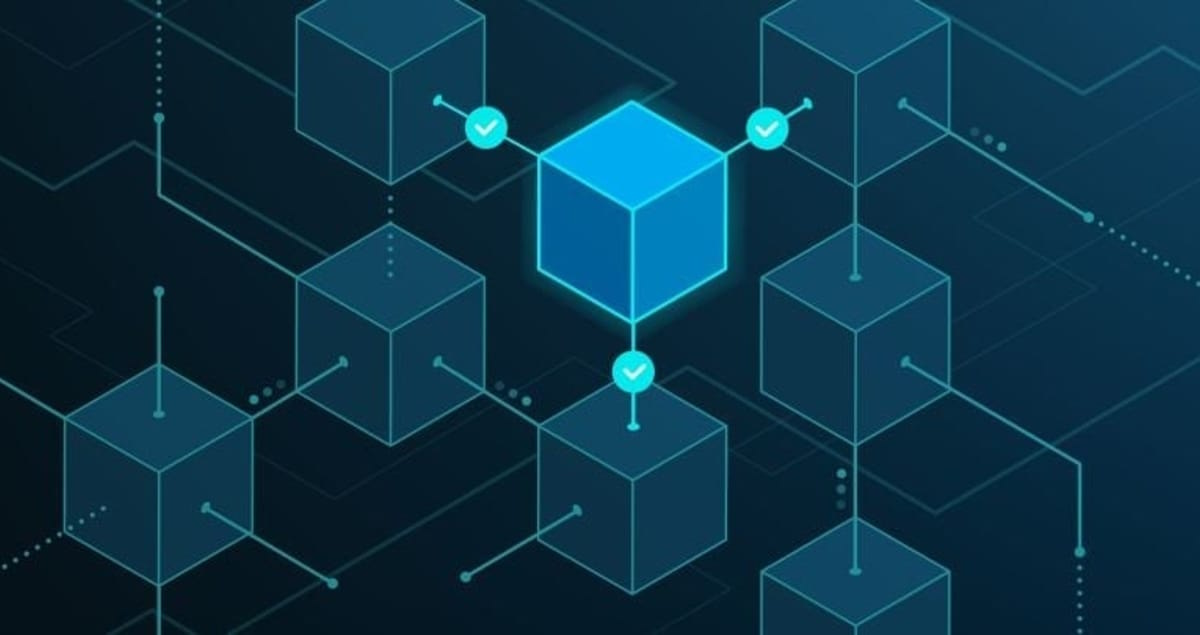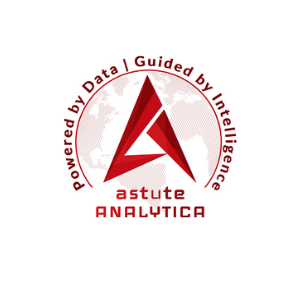Blockchain
Moon Dust as a Solar Shield in Space to Slow Global Warming, AstroCool Makes Public Debut at Munich’s ‘Festival of the Future’
Munich, Germany–(Newsfile Corp. – July 10, 2023) – The AstroCool science research initiative made its public debut at the ‘Festival of the Future’ (
Figure 2
Further developing the rationale behind the project, he said: “Even in just testing this out for potential emergency use, there’s a lot of new technologies and synergies with other research and infrastructure proposals, and we may even find valuable elements in the lunar dust, the regolith, that could prove to be a huge industrial and economic windfall.”
Figure 3
Highlighting the advantages of the AstroCool approach over similar proposals, Chaum said: “Any dust we place at the L1 will disperse within a maximum of six months and drift towards the Sun, where it will ultimately be vaporized, making the approach fail-safe.”
Alternative ways to best shade the Earth from the Sun include spraying aerosols or injecting chemicals into the atmosphere. “There’s really only three places to effectively shield the Earth with dust or other material,” noted Chaum.
Placing it in the troposphere or top of the cloud layer or on the ocean surface will generate a lot of pollution that may be difficult to get rid of. An alternative is near geosynchronous orbit, forming a ring like that surrounding Saturn, but this would be essentially impossible to reverse.
In contrast, placing lunar dust between the Sun and the Earth at L1, is the location favored by AstroCool, because it can be deployed incrementally, with latitudinal variability, is impermanent, and continuously blocks light evenly as the Earth rotates around the Sun, “with far less material required.”
Figure 4: David Chaum (Center) at the ‘Festival of the Future’ in Munich alongside Manu Constantin of MoonDAO (Left) and Oscar Wendel, member of the AstroCool Founding Team and organizer of Future Blockchain Summit (Right).
About David Chaum
David Chaum has pioneered privacy in modern communication as the inventor of mix nets, blind signatures, and multiparty computation that laid the foundation for enabling secure voting systems, anonymous internet surfing (Dark Web/TOR Network) and DigiCash, the first cryptocurrency and precursor to Bitcoin to allow for anonymous transactions. Chaum is currently leading xx network, a completely private, quantum-secure decentralized messaging and payment platform. He is working with the Bank of International Settlements (BIS) on new technologies for digital currencies. With a PhD in Computer Science from UC Berkeley, he has taught at NYU Graduate School of Business and the University of California. David is also the founder of the International Association for Cryptologic Research, the Cryptography Group at the Center for Mathematics and Computer Science in Amsterdam, and DigiCash.
Figure 5
AstroCool at Future Blockchain Summit and COP28
AstroCool will feature in the Climate Tech program at the Future Blockchain Summit from October 15 – 18 at Dubai Harbour and at the Slovenian Pavilion at COP28 hosted by Slovenian Ministry of Economy, Tourism and Sport from December 5 – 7. Announced at the UNFCCC conference in Bonn, these programs are in partnership with the UN Observer organisation Climate Chain Coalition (CCC).
www.FutureBlockchainSummit.com
PR Contact:
Saurabh Singla
[email protected]
To view the source version of this press release, please visit https://www.newsfilecorp.com/release/172919
Blockchain
Blocks & Headlines: Today in Blockchain – May 21, 2025

In an era defined by rapid innovation and regulatory shifts, today’s blockchain briefing spotlights five pivotal developments: enterprise-grade data integration, municipal crypto pilots, state-level policy hearings, AI-powered token growth, and secure communications on a public ledger. Across these stories, three key trends emerge:
-
Enterprise Adoption & Data Integration
-
Government Experimentation & Oversight
-
AI & Security Innovations in Crypto
Below, we dissect each story’s essence, unpack its broader implications, and offer opinion-driven insight for Web3 stakeholders.
1. Space and Time Joins Forces with Microsoft Fabric
Source: Chainwire / The Defiant
On May 20, 2025, Space and Time Labs (SXT)—a zero-knowledge data platform backed by Microsoft’s M12 Ventures—announced integration of its multichain index (Bitcoin, Sui, Ethereum) into Microsoft Fabric’s OneLake environment. This partnership delivers real-time, verifiable blockchain data directly within Azure, enabling developers and enterprises to build data-driven Web3 and AI applications without custom pipelines.
Opinion: Embedding verifiable on-chain data into mainstream analytics tools marks a watershed moment. As traditional enterprises crave decentralized insights, Fabric’s native access to SXT’s ZK-proven data could accelerate blockchain analytics, foster hybrid cloud-Web3 solutions, and reduce vendor lock-in. Expect more legacy tech giants to pursue similar alliances.
2. New York City Eyes Crypto for Taxes & Records
Source: DL News
Mayor Eric Adams revealed plans to form a Digital Assets Advisory Council to explore crypto-based payments for municipal services, including taxes, birth/death certificates, and land records. While specifics remain under wraps, Adams highlighted zero-knowledge proofs as a privacy-preserving tool for public documentation on distributed ledgers.
Opinion: New York’s initiative signals growing municipal appetite for blockchain beyond investments. By potentially accepting tax payments in crypto and securing vital records on-chain, NYC could pioneer use cases that blend transparency with privacy. However, pilot programs must rigorously address volatility, regulatory compliance, and digital inclusion to avoid disenfranchising underserved communities.
3. Wyoming Committee Explores Blockchain, AI & Right-to-Repair
Source: Wyoming Public Media
During its first interim meeting (May 14–15, Jackson Hole), Wyoming’s Select Committee on Blockchain, Financial Technology and Digital Innovation reviewed the state’s proposed Wyoming Stable Token—tethered 1:1 to USD—and examined AI governance and right-to-repair legislation. The Stable Token Commission anticipates a July 4 alpha launch, while lawmakers debated CBDC distinctions, tokenized real-world assets, and consumer repair rights.
Opinion: Wyoming continues to cement its reputation as a blockchain haven. Explicit carve-outs distinguishing stablecoins from CBDCs, coupled with regulatory sandboxes for AI and repair laws, underscore a holistic approach to innovation. Other states should monitor Wyoming’s alpha testing outcomes to inform balanced policy frameworks that nurture Web3 while safeguarding consumer interests.
4. AI Tokens Surge in Crypto’s New Tango
Source: The Economic Times
Himanshi Lohchab reports that AI-centric utility tokens—built to autonomously execute services like compute renting (Render), predictive analytics (SingularityNET), and data marketplaces (Ocean Protocol)—have seen market caps soar from $2.7 billion to nearly $30 billion within a year. Key players include Near Protocol’s AI modules, ICP, The Graph, and emerging AI agents that generate revenue per usage. Institutional interest from Grayscale, BlackRock, and Fidelity further validates the trend.
Opinion: The AI-blockchain convergence is no fleeting fad. AI tokens promise programmable revenue streams and decentralized toolchains, but they also introduce autonomous risk vectors—buggy smart contracts, accountability gaps, and regulatory ambiguity. Security audits, standardized interoperability protocols, and clear legal frameworks will be crucial to sustain investor confidence.
5. BSV Association Selects Binarii Labs for Secure Communications
Source: CoinGeek (via PRNewswire)
The BSV Association has designated Binarii Labs to implement BinariiDSM, an encrypted file exchange and messaging suite that logs proofs of record on the BSV blockchain. This integration ensures immutable audit trails, data resilience, and end-to-end confidentiality for enterprises seeking verifiable trust without centralized intermediaries.
Opinion: As data privacy regulations tighten globally, blockchain-anchored communication platforms like BinariiDSM offer a compelling alternative to legacy VPNs and secure email. By immutably recording metadata on-chain, organizations can demonstrate compliance, simplify audits, and deter insider threats. Look for BSV’s secure-messaging model to inspire similar offerings on other smart-contract platforms.
Conclusion: Navigating a Dynamic Blockchain Frontier
Today’s stories reaffirm that blockchain is no longer an experimental niche—it’s permeating analytics, public services, legislative agendas, tokenomics, and secure communications. To thrive:
-
Forge Strategic Alliances: Enterprises should partner with ZK and data-fabric innovators to embed blockchain insights into their analytics stacks.
-
Pilot Pragmatically: Municipalities must balance visionary crypto use cases with compliance, volatility management, and equitable access.
-
Craft Balanced Policy: States can emulate Wyoming’s sandbox approach—distinguishing stablecoins from CBDCs, while addressing AI and repair rights.
-
Secure the Autonomous Agent Era: As AI tokens multiply, enforce rigorous security audits and interoperability standards.
-
Leverage On-Chain Trust: Consider blockchain-anchored communications for immutable audit trails and enhanced data resilience.
By embracing these actions, organizations and policymakers can harness blockchain’s transformative power while mitigating emerging risks.
The post Blocks & Headlines: Today in Blockchain – May 21, 2025 appeared first on News, Events, Advertising Options.
Blockchain
Hair Transplant Market To Worth Over US$ 41.01 Billion By 2033 | Astute Analytica
Blockchain
VanEck Prepares to Launch PurposeBuilt Fund to Invest in Real-World Applications on Avalanche
-

 Blockchain7 days ago
Blockchain7 days agoBlocks & Headlines: Today in Blockchain – May 15, 2025 (BTC’s Push, Pi Network Fund, Stablecoin Levers, JPM Pilot, OKX × Man City)
-

 Blockchain7 days ago
Blockchain7 days agoBDM Digital Initiates Promising Dialogue with Stanford Law School in Pursuit of Strategic Partnerships in Silicon Valley
-
Blockchain6 days ago
Wen Acquisition Corp Announces the Pricing of $261,000,000 Initial Public Offering
-
Blockchain6 days ago
Mercurity Fintech’s Subsidiary Grows Cross-Border Business Advisory Services with New Asia-Pacific Healthcare Client Engagement
-

 Blockchain6 days ago
Blockchain6 days agoSaudi Arabia Loan Aggregator Market Report 2025: Retail Digital Payments Hit 70% as Tech Adoption Transforms Saudi Financial Services – Competition, Forecast & Opportunities to 2030
-

 Blockchain Press Releases7 days ago
Blockchain Press Releases7 days agoHTX Hot Listings Week 6 May 2025: Top Gainer Up 521% as Bitcoin Breaks $100K Again
-

 Blockchain6 days ago
Blockchain6 days agoBlocks & Headlines: Today in Blockchain – May 16, 2025
-

 Blockchain Press Releases3 days ago
Blockchain Press Releases3 days agoCoinW Unveils Industry-First Futures Protection Program:Instant Refunds Designed to Safeguard Traders



































